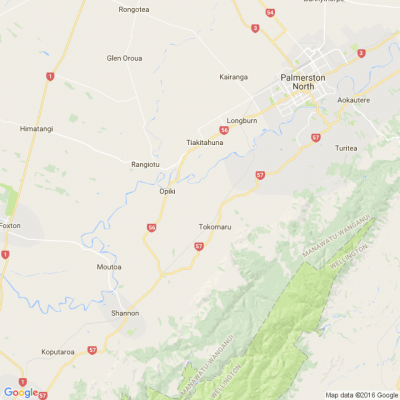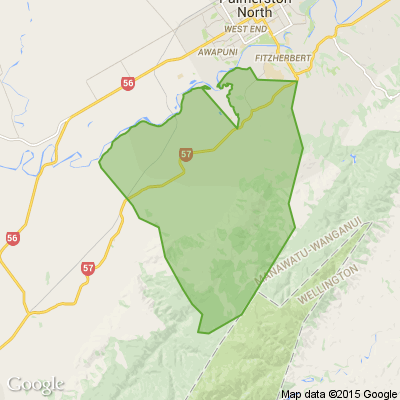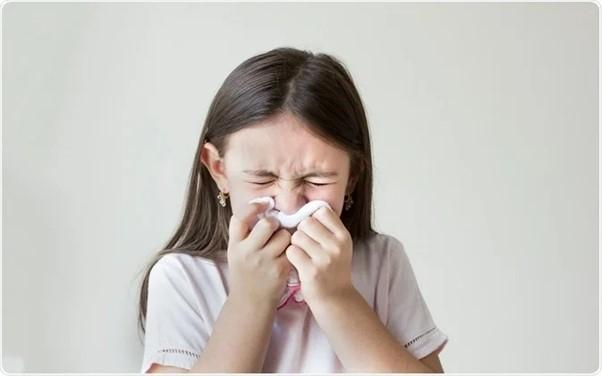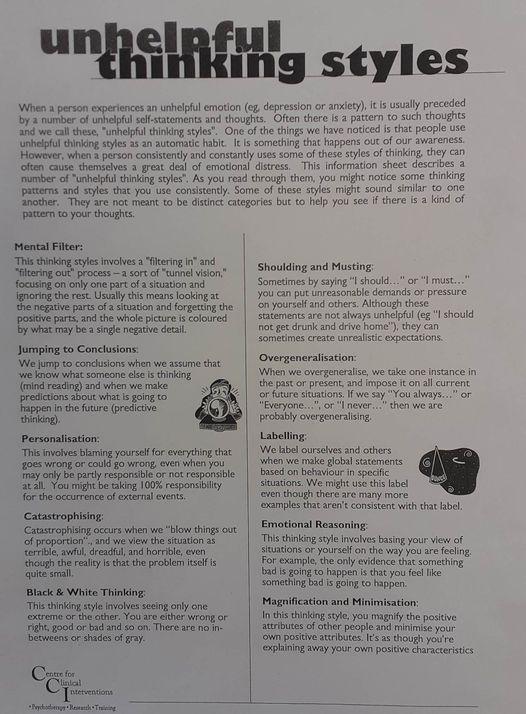
Know what’s happening
Access the private noticeboard for verified neighbours near you. Keep informed about any suspicious activity, send urgent updates to your neighbours when required and discuss emergency planning.
Get to know your neighbours
Browse the directory and start getting to know your neighbours. Don’t want to post to the whole neighbourhood? Send a private message.
Buy, sell and give away
Want to declutter your garage? Buy some used household items? Give away some garden stuff? Become a verified neighbour to browse and post items for sale. Trading is simple when everyone lives nearby.


Merry Christmas, neighbours
From us at Neighbourly

Thank you for using Neighbourly
You may receive an email confirmation for any offer you selected. The associated companies will contact you directly to activate your requests.
The Team from Office for Seniors
Have you read our December Seniors Newsletter? Do you have a Community Services Card or know someone who does? From 1 February 2023 Community Services Card holders are eligible for a continued 50% discount on public transport. You can read more in this issue.
This newsletter also includes some … View moreHave you read our December Seniors Newsletter? Do you have a Community Services Card or know someone who does? From 1 February 2023 Community Services Card holders are eligible for a continued 50% discount on public transport. You can read more in this issue.
This newsletter also includes some good advice on how to keep up your hydration and stay safe and cool this summer.

16 replies (Members only)
Stu from Highbury - Westbrook
3 door wall unit in excellent condition mirror back,light,2draws in cupboard to view txt/ring 0212644294 for more information
Price: $750

Meeting an ever-increasing need in our communities, Christmas Box provides more than just food in a time of need, it also brings a reminder that there is a community of people who care.
We believe by alleviating some of the pressure that families feel at Christmas time through our food parcels, … View moreMeeting an ever-increasing need in our communities, Christmas Box provides more than just food in a time of need, it also brings a reminder that there is a community of people who care.
We believe by alleviating some of the pressure that families feel at Christmas time through our food parcels, it will create a lasting impact that goes beyond a treat at Christmas.
For only $40 you can donate a Christmas Box to a family in need, providing not just practical help, but much deserved hope too.
Find out more

Robert Anderson from Curtain Clean Levin
If you live with someone allergic to dust mites, mould, pollen, pet hair or any one of the hundreds of allergens in household products, clean is not enough. A house needs to be extra-clean and allergen-proof to help make allergy sufferers as comfortable as possible. The alternative is sneezing, … View moreIf you live with someone allergic to dust mites, mould, pollen, pet hair or any one of the hundreds of allergens in household products, clean is not enough. A house needs to be extra-clean and allergen-proof to help make allergy sufferers as comfortable as possible. The alternative is sneezing, wheezing, coughing and watery eyes, all brought on by the presence of irritants that you can keep at bay with some extra attention.
Here’s how to get on top of some common irritants at your place:
1. Use allergy-friendly products
• Avoid using aerosol sprays as they are a common trigger for asthma sufferers. Even if you’re not standing near anyone, the high-pressure mist that the aerosol omits means the contents can spread a long way.
• Try to use environmentally-friendly products – what’s good for the environment is often better for us too.
• Avoid using products that contain harsh chemicals like ammonia, formaldehyde and sodium lauryl sulphate. Hunt out products that are free from these irritants or make your own natural cleaning products.
2. Keep a dust-free bedroom: It’s the dust mite droppings that many people react to (and news that there is dust mite poo in our bedding causes a reaction in the rest of us!). To keep bedding really clean, you will need to wash all bed linen regularly, preferably weekly. A man-made fibre like polyester is less likely to trap dust than natural fibres like cotton or linen.
Use a hypoallergenic mattress topper, duvet inner-cover and pillow protector and wash these at least monthly and replace them annually.
Keep stuffed animals to a minimum and wash those that remain regularly. Pull the bed out and vacuum underneath at least once a week, preferably daily. Don’t forget to dust side tables and vacuum underneath those as well.
3. Vacuum daily: Wooden or tiled floors are much easier to keep dust-free, but if you have carpet, a daily vacuum, especially in bedrooms, is a must. Use a vacuum cleaner made especially for allergy-sufferers – most will be fitted with HEPA filtration and powerhead.
Make sure you vacuum around the skirting boards and in crevices and vacuum around all beds at least twice. Empty canisters or vacuum bags regularly, sealing the bag well before disposal.
4. Use an air purifier: Even if you are taking the precautions outlined above, there will still be plenty of dust in your house – in fact some studies show that air pollution such as allergens and pollutants can be present in higher levels inside the home than outside! Air purifiers work to filter the allergens and pollutants from the air and improve the air quality.
5. Empty bins daily: The rubbish bin can omit toxins without you even realising, and they are a breeding ground for mould and germs. Empty bins every evening and disinfect with a hospital grade solution before lining with a plastic bag.
6. Beat doormats every day: Pollen and dust are tracked into our home constantly. Make sure you have a doormat on the outside and inside at every entry point to your home and shake these out regularly. Vacuum each indoor mat when you do your daily vacuum run. It’s a good idea to place a mat in the doorway of an allergy-sufferers bedroom for extra protection. Better yet, leave shoes outside.
7. Inspect for mould weekly: Mould is a common allergy trigger and its present absolutely everywhere. Don’t give it a chance to breed – wipe away small mould patches as soon as you find them with a paper towel and throw the paper towel in an outside bin. You can use a solution of three cups of water to five drops of Oil of Cloves (find it at your pharmacy) in a spray bottle to kill mould spores and prevent mould from growing.
Keep reading: www.curtainclean.co.nz...

Robert Anderson from Curtain Clean Palmerston North
If you live with someone allergic to dust mites, mould, pollen, pet hair or any one of the hundreds of allergens in household products, clean is not enough. A house needs to be extra-clean and allergen-proof to help make allergy sufferers as comfortable as possible. The alternative is sneezing, … View moreIf you live with someone allergic to dust mites, mould, pollen, pet hair or any one of the hundreds of allergens in household products, clean is not enough. A house needs to be extra-clean and allergen-proof to help make allergy sufferers as comfortable as possible. The alternative is sneezing, wheezing, coughing and watery eyes, all brought on by the presence of irritants that you can keep at bay with some extra attention.
Here’s how to get on top of some common irritants at your place:
1. Use allergy-friendly products
• Avoid using aerosol sprays as they are a common trigger for asthma sufferers. Even if you’re not standing near anyone, the high-pressure mist that the aerosol omits means the contents can spread a long way.
• Try to use environmentally-friendly products – what’s good for the environment is often better for us too.
• Avoid using products that contain harsh chemicals like ammonia, formaldehyde and sodium lauryl sulphate. Hunt out products that are free from these irritants or make your own natural cleaning products.
2. Keep a dust-free bedroom: It’s the dust mite droppings that many people react to (and news that there is dust mite poo in our bedding causes a reaction in the rest of us!). To keep bedding really clean, you will need to wash all bed linen regularly, preferably weekly. A man-made fibre like polyester is less likely to trap dust than natural fibres like cotton or linen.
Use a hypoallergenic mattress topper, duvet inner-cover and pillow protector and wash these at least monthly and replace them annually.
Keep stuffed animals to a minimum and wash those that remain regularly. Pull the bed out and vacuum underneath at least once a week, preferably daily. Don’t forget to dust side tables and vacuum underneath those as well.
3. Vacuum daily: Wooden or tiled floors are much easier to keep dust-free, but if you have carpet, a daily vacuum, especially in bedrooms, is a must. Use a vacuum cleaner made especially for allergy-sufferers – most will be fitted with HEPA filtration and powerhead.
Make sure you vacuum around the skirting boards and in crevices and vacuum around all beds at least twice. Empty canisters or vacuum bags regularly, sealing the bag well before disposal.
4. Use an air purifier: Even if you are taking the precautions outlined above, there will still be plenty of dust in your house – in fact some studies show that air pollution such as allergens and pollutants can be present in higher levels inside the home than outside! Air purifiers work to filter the allergens and pollutants from the air and improve the air quality.
5. Empty bins daily: The rubbish bin can omit toxins without you even realising, and they are a breeding ground for mould and germs. Empty bins every evening and disinfect with a hospital grade solution before lining with a plastic bag.
6. Beat doormats every day: Pollen and dust are tracked into our home constantly. Make sure you have a doormat on the outside and inside at every entry point to your home and shake these out regularly. Vacuum each indoor mat when you do your daily vacuum run. It’s a good idea to place a mat in the doorway of an allergy-sufferers bedroom for extra protection. Better yet, leave shoes outside.
7. Inspect for mould weekly: Mould is a common allergy trigger and its present absolutely everywhere. Don’t give it a chance to breed – wipe away small mould patches as soon as you find them with a paper towel and throw the paper towel in an outside bin. You can use a solution of three cups of water to five drops of Oil of Cloves (find it at your pharmacy) in a spray bottle to kill mould spores and prevent mould from growing.
Keep reading: www.curtainclean.co.nz...

Paul from Levin
I photographed this gannet at Cape Kidnappers about 60 years ago! It looks much better if enlarged.😄

Yvonne from West End
I have some jewelry which I bought thinking I was going on holiday but never went I'll never wear it now Has never been worn and needs a home I'm only asking 50 dollars for them all Thank you

The Team from Neighbourly.co.nz
The cost of living in New Zealand is rising rapidly fuelled by high interest rates and increasing food costs.
How does this affect your household for the most costly season?
Share your thoughts in the comments below. Some may be used in our We Say You Say column in the local papers - add NFP … View moreThe cost of living in New Zealand is rising rapidly fuelled by high interest rates and increasing food costs.
How does this affect your household for the most costly season?
Share your thoughts in the comments below. Some may be used in our We Say You Say column in the local papers - add NFP if you wish your reply to be excluded.

Information from Coast Access Radio 104.7FM
Interesting listening on the next "Paul Unscripted" - Tuesday 6th December at 2pm (repeats Wed. 7th at 11.30pm) Paul's wife Lynne; who is a psychologist comes in for the next two episodes, to explain how we can 're-frame' our thinking. Have a read...are you guilty of some… View moreInteresting listening on the next "Paul Unscripted" - Tuesday 6th December at 2pm (repeats Wed. 7th at 11.30pm) Paul's wife Lynne; who is a psychologist comes in for the next two episodes, to explain how we can 're-frame' our thinking. Have a read...are you guilty of some of these practices? Have a listen, you may learn some new skills! Part 2 goes to air on Tuesday 20th December (repeats Wed. 21st Dec).

Amy Houben from Awapuni Vege Hub
Hi there, below is the list of contents we anticipate being in this week's Vege Hub orders.
Broccoli
Tomato
Telecucumber
Lettuce
Banana
Mandarin
SPECIAL NOTE: Pick up hours have changed for The House Next Door and for Allsorts Cafe (in order to give our volunteer drivers more time… View moreHi there, below is the list of contents we anticipate being in this week's Vege Hub orders.
Broccoli
Tomato
Telecucumber
Lettuce
Banana
Mandarin
SPECIAL NOTE: Pick up hours have changed for The House Next Door and for Allsorts Cafe (in order to give our volunteer drivers more time to get across town). The new pick up hours for both venues are now 12:30pm - 2:30pm.
Orders are $15 each. Instructions on how to pay/order can be found in the document attached. Orders need to be placed before Tuesday 12 noon, ready for collection Thursday from your chosen pick up point. If you are not sure your transaction will be processed by the bank in time, feel free to email/msg us a screen-shot. Pick up location options can also be found in the document.
Sing out if you have any questions. Remember to bring some bags!

 Loading…
Loading…
Are you sure? Deleting this message permanently removes it from the Neighbourly website.
 Loading…
Loading…

 Buyers $585,000+
Buyers $585,000+



 Marketed by Jude Challies
Marketed by Jude Challies

 Buyers $569,000+
Buyers $569,000+


 Marketed by Stephanie Hale
Marketed by Stephanie Hale
© Neighbourly 2025
